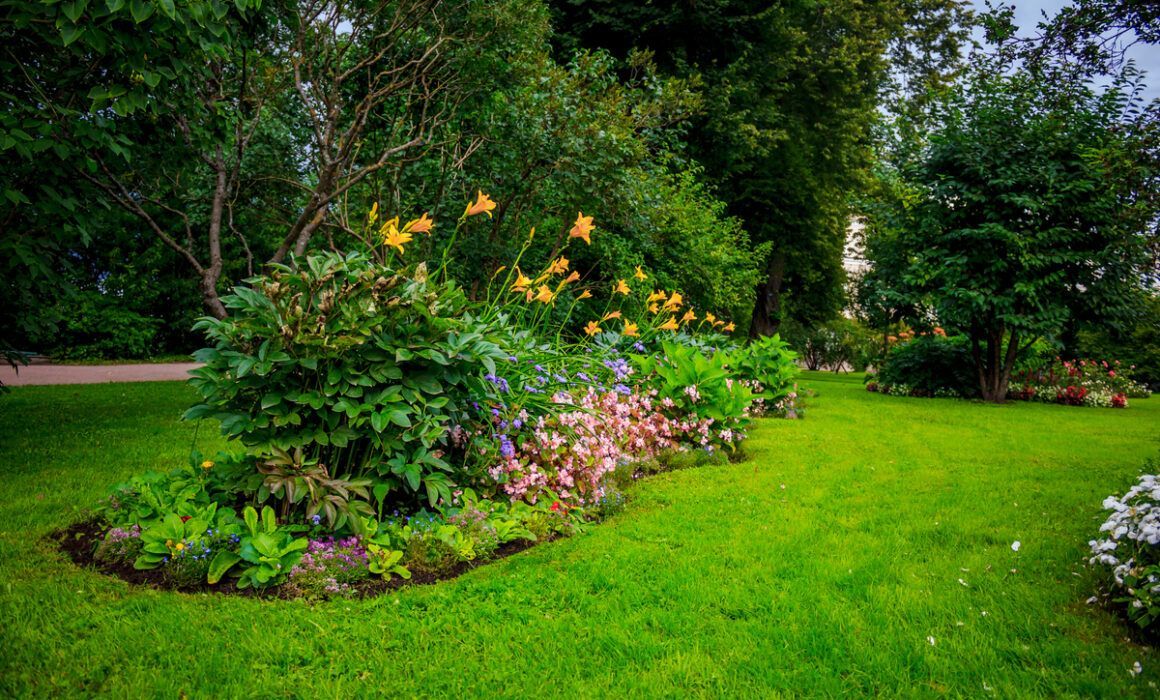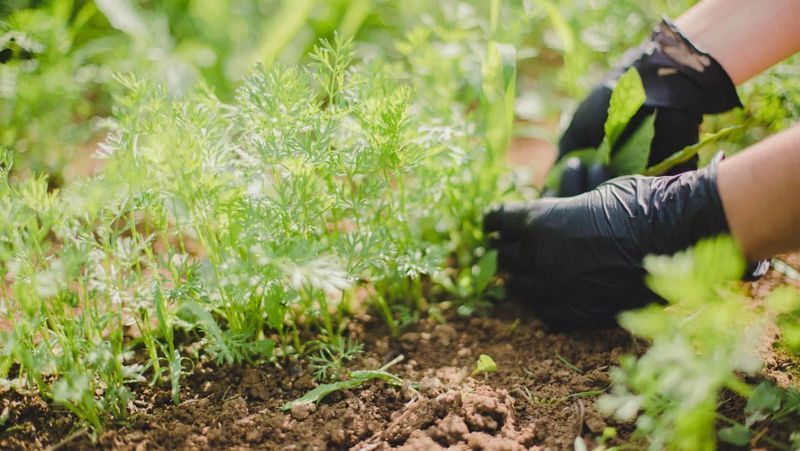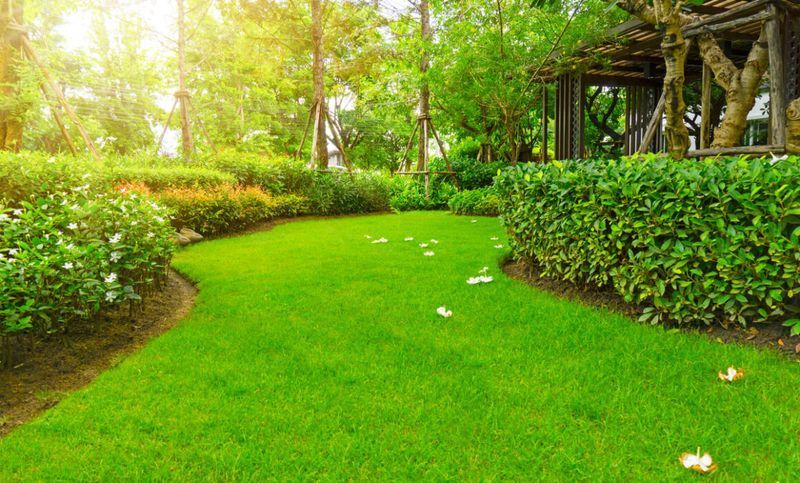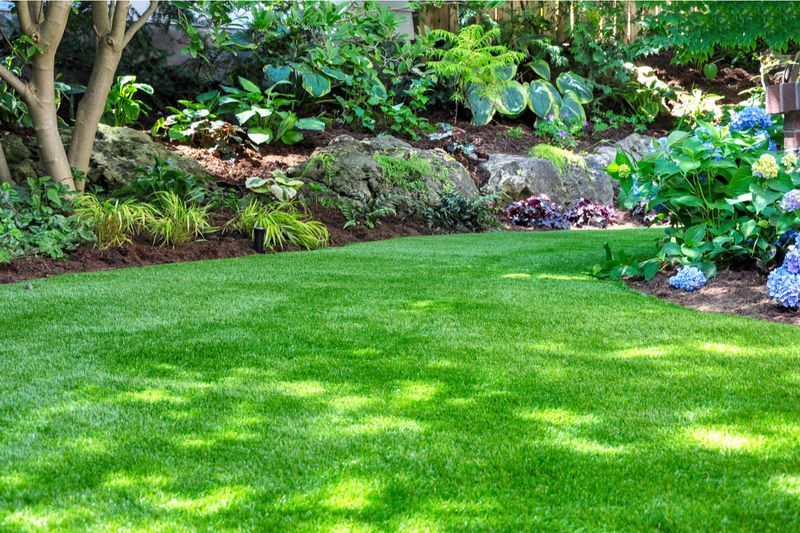Preparing Your Lawn For Winter: The Green Life Guide
As the seasons change, so do the needs of your lawn. Winter can be a challenging time for your grass and landscape, but with the right preparation, you can ensure a healthy, vibrant return in spring. Green Life Property Services offers expert advice on how to prepare your lawn for the colder months, with a focus on eco-friendly practices. This comprehensive guide will help you understand the crucial steps needed to protect and nurture your lawn through winter.
Understanding Winter Lawn Care
The Importance of Winter Preparation
Winter lawn care is crucial for maintaining the health and vitality of your grass. As temperatures drop, your lawn enters a dormant state. Preparing your lawn for this phase is essential to protect it from winter damage and to ensure a robust revival in spring.
Eco-Friendly Considerations
Winter lawn care doesn't have to come at the expense of the environment. By adopting eco-friendly practices, you can prepare your lawn for winter while minimizing your ecological footprint. This includes using organic materials, conserving water, and reducing chemical usage.
Step-by-Step Guide to Winter Lawn Preparation
Aeration and Overseeding
Before the first frost, aeration is key. It involves perforating the soil to allow air, water, and nutrients to penetrate the grass roots. This process helps the roots grow deeply and produce a stronger, more vigorous lawn. Overseeding after aeration can help to fill in bare spots and improve the overall density of your lawn.
Fertilization
Applying the right type of fertilizer before winter sets in is crucial for the health of your lawn. Green Life recommends using an organic, slow-release fertilizer that will nourish the grass throughout the winter months. This ensures that your lawn has the nutrients it needs to survive the cold weather and flourish in the spring.
Weed Control
Late fall is the ideal time to control perennial weeds. As plants prepare for winter, they absorb everything from their surface, including herbicides. Opt for eco-friendly herbicide options that are effective but gentle on the environment.
Mowing and Trimming
As winter approaches, gradually lower the cutting height of your mower. Cutting the grass too short can harm it, but leaving it too long can lead to diseases. The ideal height will protect the grass from frost and snow mold.
Mulching Leaves
Instead of raking and disposing of leaves, consider mulching them. Mulched leaves can provide a natural and eco-friendly source of nutrients for your lawn over the winter. Use a mower with a mulching blade to chop the leaves into small pieces that can decompose and enrich the soil.
Watering
Water your lawn as needed until the ground freezes. While overwatering can be harmful, maintaining adequate moisture in the soil is important to protect the roots from freezing temperatures.
Protecting from Traffic
Heavy foot or vehicle traffic on a dormant lawn can stress the grass and lead to compaction or damage. Try to minimize traffic on your lawn during the winter months.
Additional Winter Lawn Care Tips
Winter Equipment Maintenance
Take this time to maintain and prepare your lawn care equipment for the next season. Sharpen mower blades, clean tools, and ensure everything is in good working order.
Monitoring for Pests and Diseases
Even in winter, it's important to keep an eye out for signs of pests or diseases. Early detection can make a significant difference in the health of your lawn come spring.
Planning for Spring
Winter is an excellent time to plan for your spring lawn care. Consider any changes or improvements you might want to make, such as new landscaping projects or implementing more eco-friendly practices.
Conclusion
Preparing your lawn for winter is an essential part of maintaining a healthy, beautiful landscape. By following these eco-friendly practices, you can ensure that your lawn is well-protected during the colder months and ready to thrive in the spring. Green Life Property Services is committed to helping you every step of the way, with sustainable solutions that benefit your lawn and the environment.
Related Blogs











